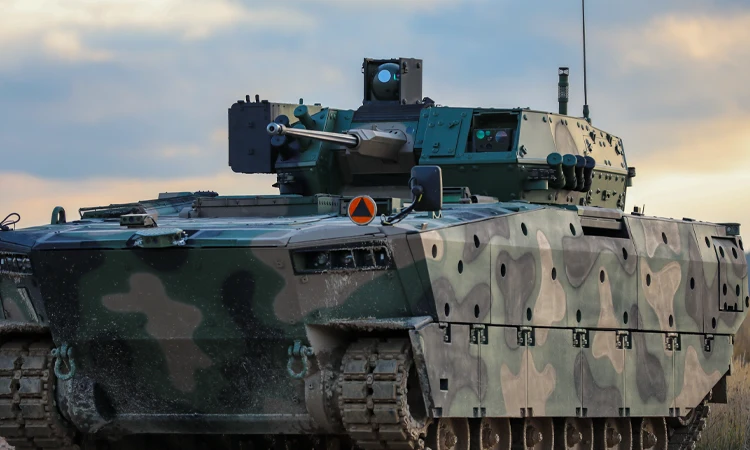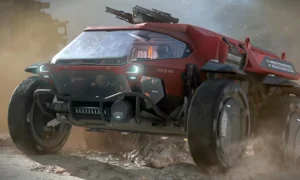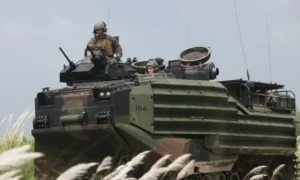You’re down in the dirt, ears buzzing like you got slapped by a frying pan, everything trembling like the world’s on spin cycle and somebody forgot to add fabric softener. Outta nowhere, there is this nasty growl not thunder, not even close. Nope, it’s the roar of an IFV, just ripping up earth, making a beeline through the chaos with a bunch of grunts crammed inside, probably regretting their life choices. IFVs, man. Don’t call ‘em armored Ubers; they’re more like the mutant offspring of a tank and a battle bus quick, pissed off, and tougher than a hangover after New Year’s.
Calling them a game changer? Please, that’s underselling it. The M2 Bradley didn’t just stroll in it dropkicked the front door off its hinges and started rewriting the playbook. Suddenly infantry’s rolling around in their own personal doom mobile, spitting out lead and soaking up punishment that’d turn your average truck into a modern art project. And this wasn’t just some American fever dream look at the Russian BMP-1, Germany’s blingedout Puma, or Sweden’s CV90, all tricked out for whatever insanity their generals dreamed up.
So yeah, we’re about to go full geek-mode, tracing the IFV’s wild evolution from clunky deathtraps to today’s sci fi murder wagons. We’ll dig into the guts of these beasts, figure out why every army wants ‘em, and maybe even why some collectors lose their minds over ‘em. Whether you’re a history nut, a gear freak, or just like your machines loud and dangerous, strap in. We’re about to mash up modern warfare with old school steel, and things are about to get spicy.
Military Vehicles On Miltrade.com
History of Infantry Fighting Vehicles
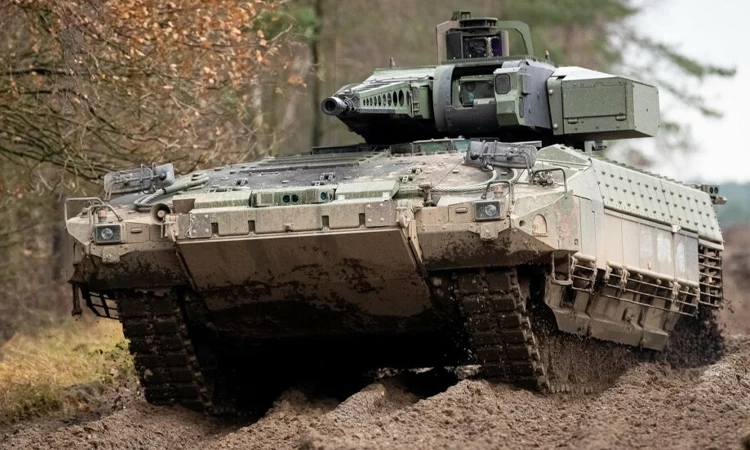
The Infantry Fighting Vehicle (IFV) design was the result of addressing the area between the armored personnel carrier (APC) and the main battle tank (MBT). Although APCs were designed to transport troops into combat without harm, they did not have the firepower or protection required to attack hostile forces. Tanks, on the other hand, provided powerful fire support but were lacking in mobility to transport infantry and engage in current, advanced warfare.
The solution was the IFV a vehicle that could transport troops as well as provide fire support and fight the enemy. It was a protected vehicle designed to keep soldiers safe and provide them with whatever they required to fight effectively, whether on the battlefield or in cities.
( How the IFV Idea Was Born )1960s & 1970s
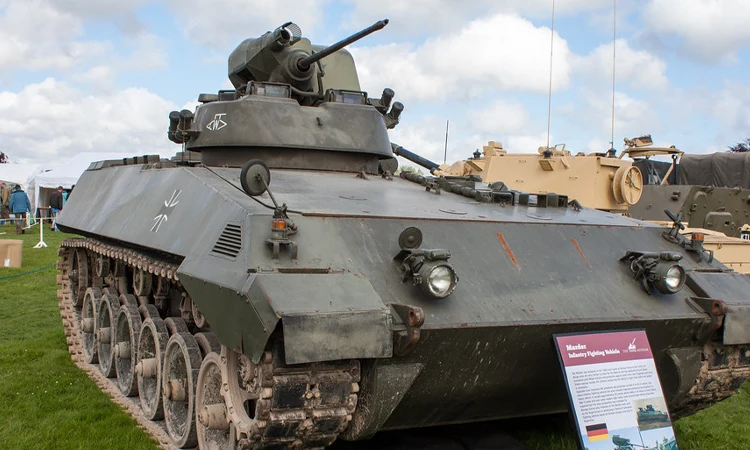
The idea of the Infantry Fighting Vehicle was originally conceived during the 1960s and 1970s, when armies realized the need for a more lethal and wider ranging infantry support vehicle. Among the main innovations are
The Soviet BMP 1, introduced in 1966, is most commonly considered to be the first true IFV. It was designed to carry infantry and engage in combat with enemy armor using a 105mm cannon and AT 3 Sagger anti tank guided missiles.
In the Western world, the US Army initiated studies of IFV concepts to replace older APCs. This led to the development of the M2 Bradley, one of the most iconic IFVs used in modern warfare.
Military Jeeps On Miltrade.com
The Cold War Era A Global Arms Race

Man, once the Cold War got rolling, everyone freaked out about having the flashiest, deadliest gear on the battlefield. The BMP 1 basically kicked off the IFV craze suddenly, every major military wanted their own tricked out ride, East and West alike.
Take the Americans, for example. They rolled out the Bradley (that’s the M2/M3) in the early ‘80s. This thing wasn’t messing around 25mm Bushmaster cannon, TOW missiles strapped on, and enough side armor to shrug off RPGs and small arms fire like it’s nothing. Not exactly subtle, but hey, subtlety wasn’t really the vibe.
Europe didn’t want to get left behind either. The Germans came in hot with the Puma, and Sweden dropped the CV90 both of which pretty much set the standard for what “modern” IFVs are supposed to look like these days. Everybody wanted a piece of that action.
Modern Developments 1990s to present
Alright, here’s the scoop: IFVs these days? Totally not your grandpa’s armored box on wheels. Since the Cold War, these beasts have leveled up think souped up armor, targeting gadgets out of a sci-fi flick, and way nastier weapons. You look at the M2 Bradley, the Puma, the CV90 these things aren’t messing around.
First off, their fire control tech is nuts. They can smack both tanks and poor foot soldiers with the same amount of precision. It’s almost unfair. Mobility? Wild. These IFVs can zip through city blocks, then turn around and charge over dunes like it’s nothing. Urban brawls, desert chaos, forests bring it on.
And let’s not forget the active protection systems. APS is like having a forcefield, swatting away incoming missiles or IEDs before they ruin your day. Basically, if you’re in one of these modern IFVs, you’re rolling in a fortress with gadgets Batman would envy.
How Infantry Fighting Vehicles Work
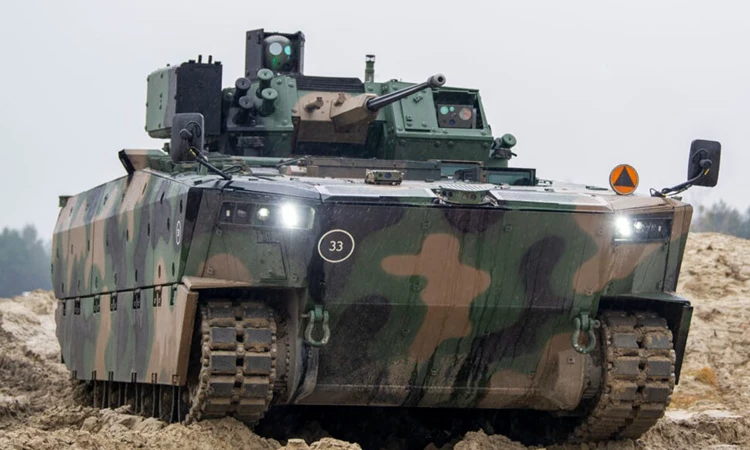
Let’s be real, when it comes to modern war toys, the Infantry Fighting Vehicle (IFV) is basically the Swiss army knife on tracks. Old-school armored rides? They either schlepped troops around or tried to brawl up close not both. IFVs? Nah, they do it all. You’ve got soldiers zooming across the field, blasting away at enemies, and staying tucked inside a metal shell that can actually take a hit. It’s like someone finally decided, “Hey, why not have our cake and eat it too?” And, honestly, it works.
Military Tanks On Miltrade.com
Speed & Mobility
Tracked vs. Wheeled Designs
IFVs can be either tracked or wheeled, depending on how they are configured and on which terrain they would be used. Tracked IFVs (e.g., Bradley and BMP series) are more mobile over terrain and can handle bad terrain like mud, snow, and city rubble with ease.
Wheeled IFVs (e.g., Piranha and Stryker) are generally faster on the highways and better for urban warfare or where ground is softer.
Speed:
The latest IFVs have road speeds of 40 50 mph (64 80 km/h), which is enough to keep pace with the infantry that it carries and outrun heavier tanks if required.
Armor & Protection
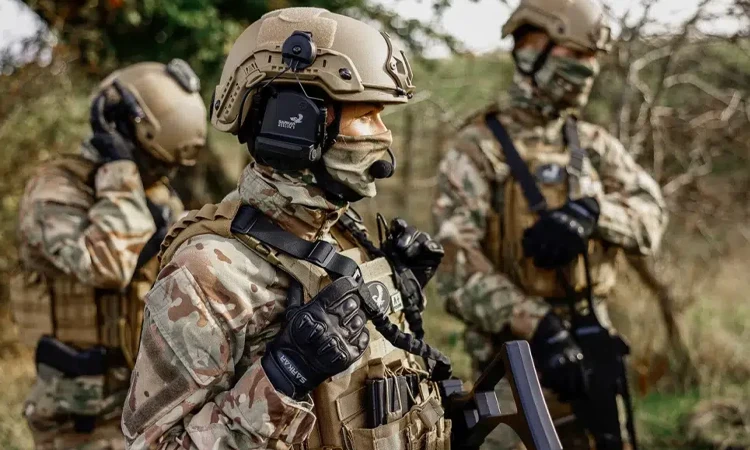
Composite & Modular Armor
Lately, IFVs are rolling out with this layered, sandwich style armor think of it as a bulletproof vest on steroids. It shrugs off stuff like small arms fire, chunks of shrapnel, and sometimes even laughs in the face of RPGs. And get this: you can swap out the armor panels or beef them up, depending on where you’re headed. It’s basically plug and-play, but for not dying.
Active Protection Systems (APS)
Now, some of these rides come with tech straight outta sci-fi like the Trophy system on Israel’s Namer IFV. APS spots incoming missiles or rockets and just… blasts them mid-air. Seriously, it’s like having your own personal bouncer that punts grenades before they even get close. Pretty wild.
NBC Protection
Most newer IFVs? They’re rocking full NBC (Nuclear, Biological, Chemical) protection as standard. So, if things get nasty and someone decides to go full supervillain with chemical weapons or worse, the crew inside is locked down tight. It won’t make the outside world less awful, but hey, at least you’re not breathing it in.
Firepower
Main Armament
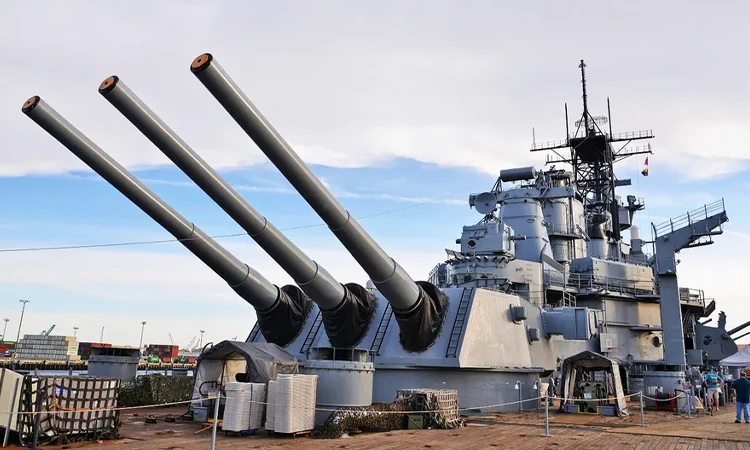
IFVs are provided with cannons (typically 25mm 30mm), which allow them to engage enemy infantry, light armored vehicles, and unarmed targets. These are typically supported by coaxial machine guns for the purpose of enhanced firepower.
Anti Tank Missiles:
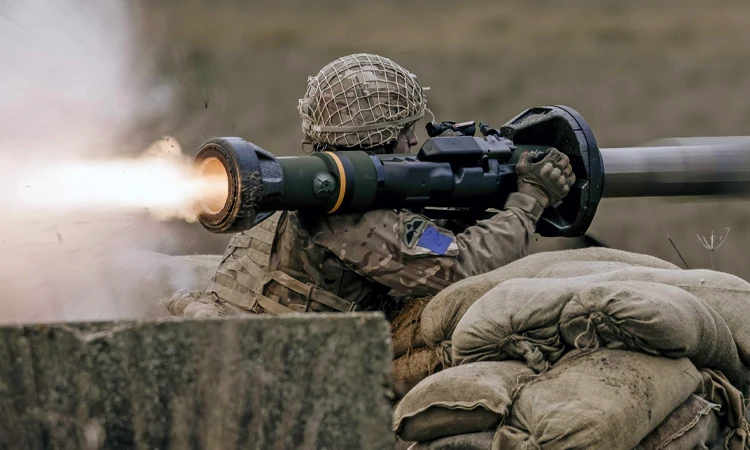
Most IFVs are equipped with anti-tank guided missiles (ATGMs), such as the TOW missile (used by the M2 Bradley), to allow them to engage heavily armored targets, including enemy tanks, from afar.
Fire Control Systems:
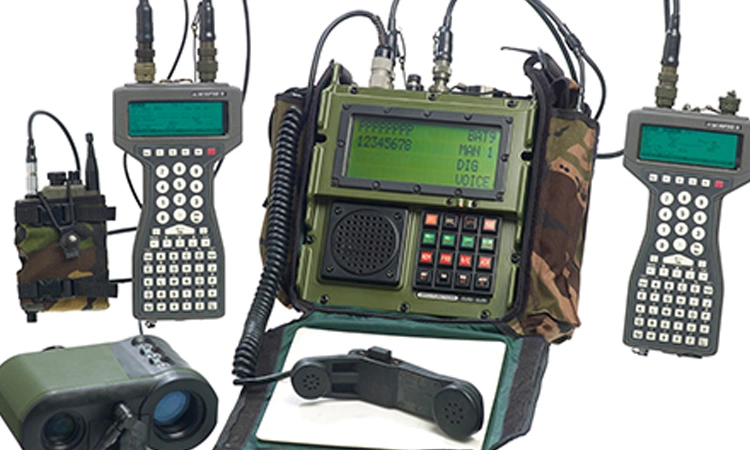
Modern IFVs also possess advanced fire control systems with target tracking, laser range-finding, and thermal optics to engage the target even in poor visibility conditions.
Military Jeeps On Miltrade.com
Crew & Troop Capacity
Crew:
Most IFVs are operated by three crew members: the commander, the gunner, and the driver. These troops operate the vehicle, operate systems, and fire at the target.
Troop Compartment
IFVs can transport six or ten soldiers and the crew. The troops deploy through the rear ramp as the vehicle reaches its deployment point, providing rapid and safe deployment during combat operations.
Famous Infantry Fighting Vehicles in Action
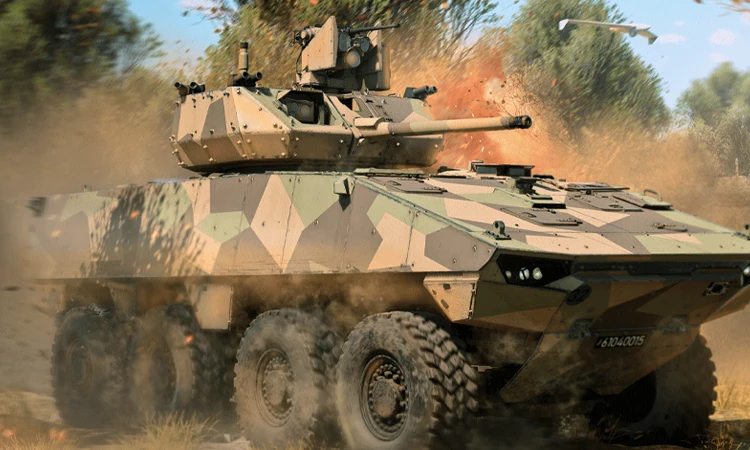
The Infantry Fighting Vehicle (IFV) is not only a technological marvel; it is a game changer in battle. From the moment they entered service, the vehicle has been a staple of modern conflict, used in every war from the Gulf War to more recent ones in Afghanistan and Syria. Let’s look at how these vehicles have made their mark on some of the globe’s most intense fightin’ grounds.
Famous Infantry Fighting Vehicles
| IFV Model | Country | Key Features | Collector Appeal |
|---|---|---|---|
| BMP-1 | Soviet Union | AT-3 Sagger missiles, 73mm cannon, first true IFV | Cold War relics and manuals are highly sought on Miltrade |
| M2 Bradley | United States | 25mm Bushmaster cannon, TOW missiles, APS upgrades | Gulf War and Iraq War combat gear draws strong collector interest |
| Puma IFV | Germany | Advanced armor, modular protection, high mobility | Rare training gear and patches valued by European collectors |
| CV90 | Sweden | Modern modular design, NATO service, advanced optics | Cold War–era manuals and scale models popular on Miltrade |
| Stryker | United States | Wheeled design, urban combat adaptability | Urban warfare memorabilia prized by collectors |
The Gulf War (1990-1991) The M2 Bradley at Its Best
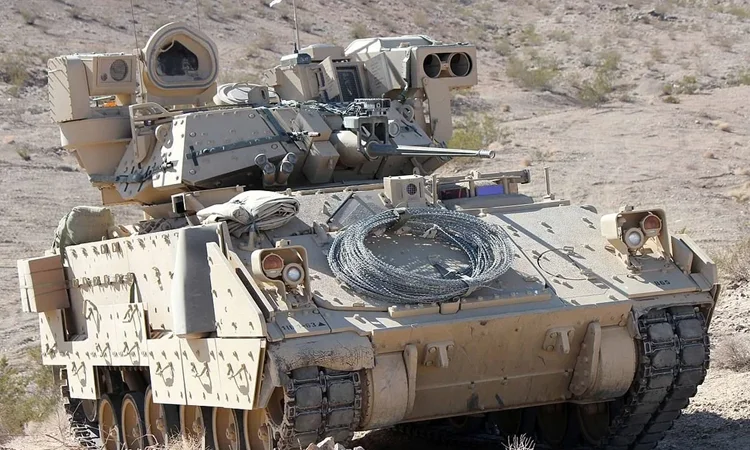
The M2 Bradley made its combat debut during Operation Desert Storm in a desert tactical environment that demanded speed, strength, and multi purposeness. The Bradley was sent to transport infantry, engage enemy forces, and provide fire support in the harsh conditions of the desert.
Role in the War:
The Bradley was instrumental in spearheading ground assaults, pushing infantry forward into position while attacking enemy armor and armored vehicles with its TOW missiles and 25mm cannon.
It was able to clear Iraqi positions with precision while providing invaluable cover to the troops inside.
Combat Performance:
The Bradley’s mobility and firepower allowed it to outflank Iraqi tanks and infantry, granting the U.S. military a significant urban warfare and desert combat advantage.
USA Military Vehicles On Miltrade.com
The War on Terror Afghanistan & Iraq
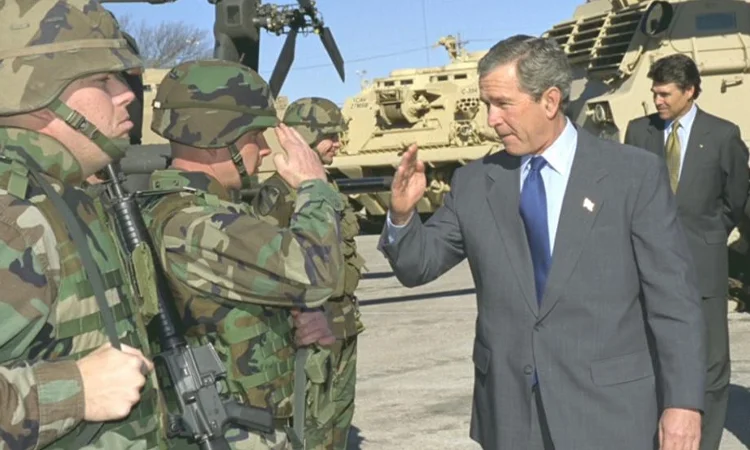
In both Iraq and Afghanistan, IFVs played a key part in urban warfare and asymmetric warfare. Being able to carry troops while being able to provide fire support in close urban conditions made these vehicles vital.
Iraq War:
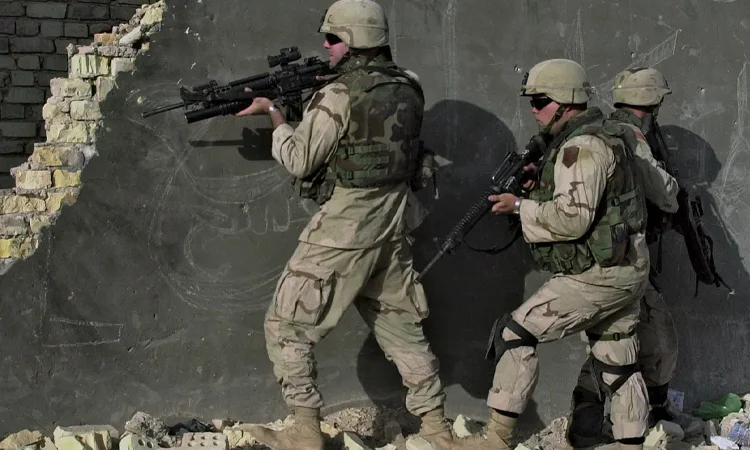
The M2 Bradley again served in Iraq with Operation Iraqi Freedom. Bradley IFVs were employed to provide fire support as well as infantry transport within the treacherous city battlegrounds of Fallujah.
Infantry Support: Having advanced fire control systems, the Bradley was able to provide pinpoint support in city fighting, covering dismounted troops.
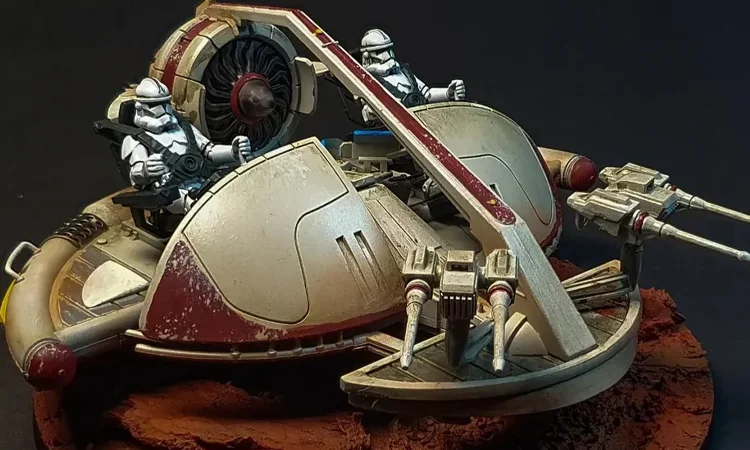
Afghanistan:

The Stryker IFV, another member of the IFV family, was used in urban combat in cities like Kabul and Helmand. In mountainous areas, it conducted reconnaissance, troop transport, and even provided fire support to counterinsurgency troops.
Current Conflicts Syria, Ukraine, and More
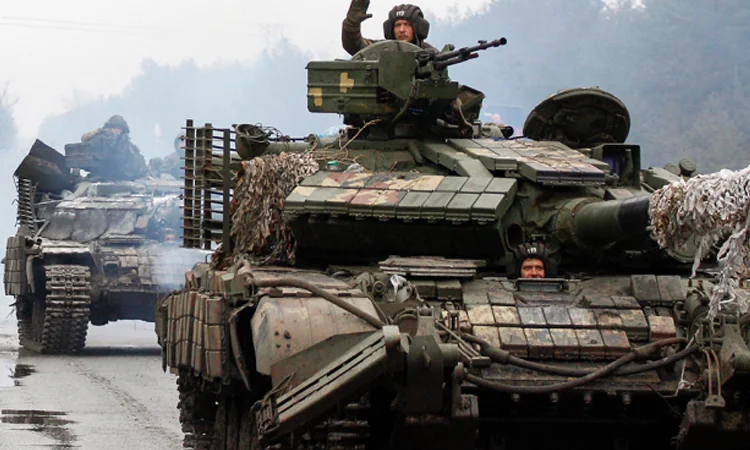
While IFVs have been the backbone of past conflicts, their role is not yet done. In Syria, Ukraine, and other conflict zones, IFVs are still under development with newer technologies that enhance their versatility and performance on the battlefield.
Syrian Civil War

The Russian BTR 80 and BMP-2 have found extensive employment in urban warfare, where mobility, agility, and armor matter the most. Both vehicles have been involved in some of the ferocious street fights, showing the way IFVs have been designed to address the needs of modern combat.
Bradley and BMP 3 vehicles are being employed in the present war, lending mobile firepower and support in the urban environments, where their fire control and armored protection grant them a strategic advantage.
The Role of IFVs in Modern Warfare

Today, in the 21st century, the IFV is still a mainstay of mechanized infantry warfare. They are more than just troop carriers they are tactical missiles, providing mobility, firepower, and protection in one vehicle. The potential to quickly insert troops into combat areas with cover creates an indispensable role for IFVs on today’s military battlefield.
Conclusion
Alright, let’s get real for a second infantry fighting vehicles like the Bradley, BMP, or Puma? These beasts aren’t just hunks of metal rolling around. Nope, they’re the gritty, mud-splattered MVPs from the Gulf War all the way to the chaos of urban skirmishes in Iraq and Afghanistan. Seriously, if modern warfare had a hall of fame, these things would be front and center, probably flexing just a little.
And hey, if you’re the kind of person who geeks out over military history or just wants to own something with actual battlefield swagger, grabbing a piece of this legend is like shaking hands with history. Doesn’t matter if it’s a detailed model chilling on your desk or an authentic part with real scars miltrade’s got the goods. It’s not just collecting; it’s straight up time travel for your shelf.
FAQs
Were IFVs really that different from the old APCs?
Absolutely. APCs just hauled troops. IFVs like the Bradley or BMP brought the fight with cannons, missiles, and armor. Night and day difference.
What’s the rarest IFV-related collectible I’ve ever come across on Miltrade?
Once spotted a Gulf War Bradley commander’s sighting scope, still marked with desert dust. That’s not just gear, that’s a story in steel.
Do modern IFVs like the Puma or CV90 show up for collectors?
Not the full beasts, of course, but patches, manuals, and training equipment? Yeah. I’ve seen them pop up on Miltrade for the hardcore enthusiasts.
Why do IFVs like the Bradley fascinate collectors so much?
Because they’re more than machines. They’re battlefield legends. Owning a part is like owning a frontline story carved into metal.
Is it really worth collecting IFV memorabilia?
If you’re in it for more than just “cool factor,” yes. Every dented plate, every manual is history alive. And Miltrade is where the authentic pieces surface.
